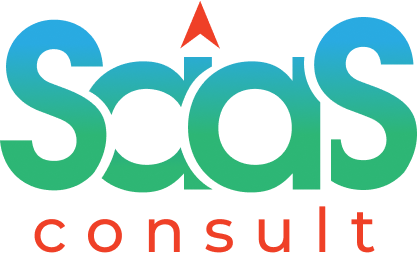What is Conversion Optimization (or Conversion Rate Optimization – CRO)
Conversion optimization, also known as Conversion Rate Optimization (CRO), is the process of improving the effectiveness of a website, landing page, or marketing campaign to increase the percentage of visitors who take a desired action, such as making a purchase, signing up for a newsletter, or filling out a form. The goal of conversion optimization is to maximize the conversion rate and ultimately improve the return on investment (ROI) of marketing efforts.
Conversion optimization involves analyzing user behavior, identifying areas of improvement, and implementing changes to optimize the conversion funnel. This can include various strategies and techniques such as:
1. User Experience (UX) Optimization: Enhancing the overall user experience by improving website navigation, layout, design, and loading speed. Ensuring that the website is mobile-friendly and easy to navigate can positively impact conversion rates.
2. A/B Testing: Testing different variations of elements such as headlines, call-to-action buttons, images, or layouts to determine which version performs better. A/B testing allows marketers to make data-driven decisions and optimize for higher conversions.
3. Clear and Compelling Call-to-Action: Ensuring that the call-to-action (CTA) is prominent, persuasive, and clearly communicates the desired action to the user. Optimizing the CTA’s design, placement, and messaging can significantly impact conversion rates.
4. Content Optimization: Creating high-quality, engaging, and relevant content that aligns with the needs and interests of the target audience. Tailoring the content to address pain points, provide solutions, or demonstrate value can increase conversions.
5. Simplifying Forms and Checkout Processes: Streamlining the form fields, reducing the number of steps, and eliminating any unnecessary barriers in the checkout process can help increase conversions. Making the process quick and easy for users can reduce friction and encourage completion.
6. Personalization: Delivering personalized experiences and offers based on user preferences, behavior, or demographics. Customizing the content and messaging to the individual can improve engagement and conversion rates.
Conversion optimization is an iterative process that involves continuous testing, measurement, and refinement. By analyzing user data, conducting experiments, and implementing data-driven changes, marketers can optimize their conversion rates and improve the effectiveness of their marketing efforts. It helps businesses maximize the value from their existing traffic and improve the overall customer experience.

